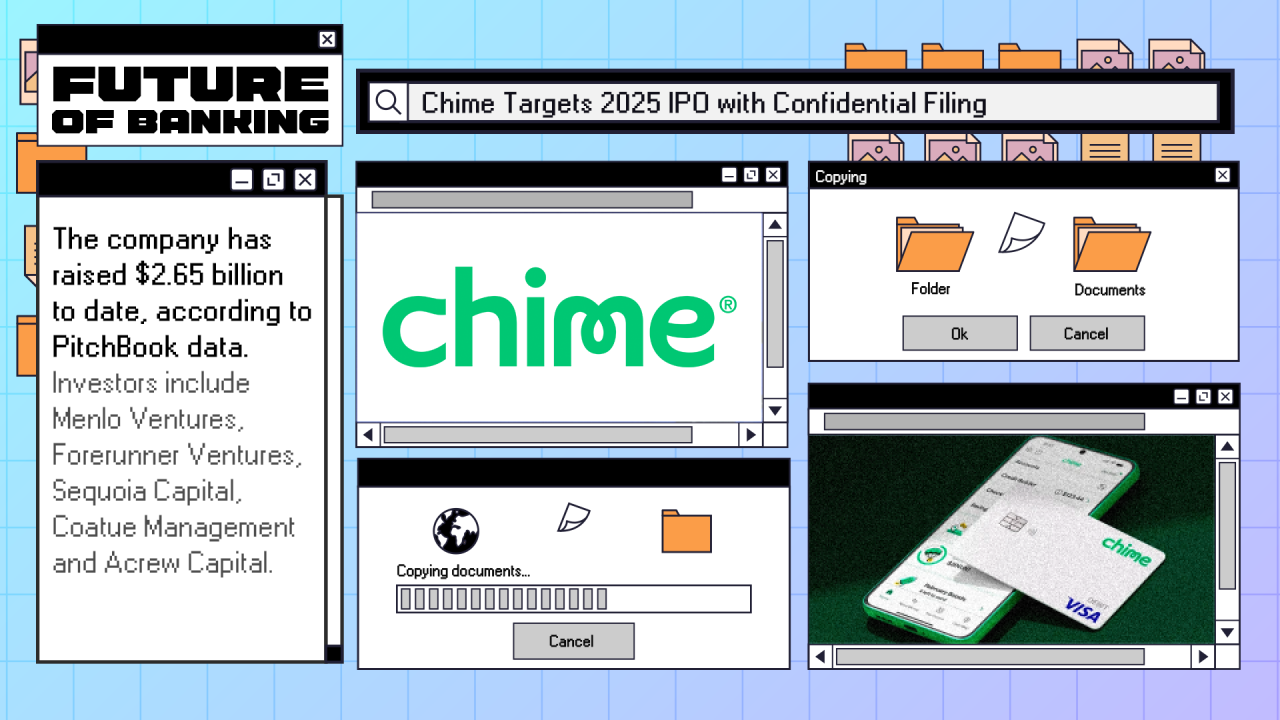Bell Challenges Wholesale Fibre Policy: A Call For Federal Action

Table of Contents
Understanding Bell's Challenge to the Wholesale Fibre Policy
Canada's current wholesale fibre policy aims to foster competition in the broadband market by enabling independent internet service providers (ISPs) to lease access to incumbent telecommunication companies' fibre optic networks. This promotes broader broadband access and lower prices for consumers. The goal is to prevent a monopolistic environment where a single provider dictates pricing and service quality.
However, Bell Canada has challenged this policy, arguing that the mandated wholesale rates are too low, creating an unfair burden on their investments in fibre optic infrastructure. They claim these regulations constitute regulatory overreach and stifle their ability to invest further in network expansion.
- Specific claims made by Bell: Bell's challenge alleges that the current wholesale rates do not adequately compensate them for the costs associated with building and maintaining their fibre optic network. They argue that these rates impede their return on investment and discourage future infrastructure development.
- The regulatory body involved: The Canadian Radio-television and Telecommunications Commission (CRTC) is the regulatory body responsible for overseeing the telecommunications industry in Canada and is currently handling Bell’s challenge.
- Potential impact on independent internet service providers (ISPs): If Bell's challenge is successful, it could severely restrict or eliminate the ability of independent ISPs to access Bell's fibre network, leading to less competition and potentially higher prices for consumers. This would limit the choices available to consumers and stifle innovation in the sector.
The Impact on Consumers and Competition
The potential consequences of Bell's successful challenge are far-reaching and negatively impact consumers and the broader market. Limiting wholesale access to fibre networks would significantly reduce competition, leading to several undesirable outcomes.
- Higher prices for consumers: With less competition, prices for high-speed internet services are likely to increase as providers have less incentive to offer competitive rates. This will disproportionately impact lower-income households.
- Reduced choice of internet service providers: The ability of smaller, independent ISPs to compete effectively would be greatly diminished, resulting in fewer choices for consumers. Consumers would be left with less choice and possibly inferior service.
- Stifled innovation in the telecommunications sector: A lack of competition often leads to a decline in innovation. Without the pressure to compete, large incumbent providers may be less incentivized to invest in technological advancements and improve service quality.
The Role of the Federal Government
The federal government plays a critical role in maintaining a competitive telecommunications market. It is responsible for setting the regulatory framework that governs the industry and ensuring that consumers have access to affordable and reliable broadband services. The outcome of Bell's challenge necessitates decisive federal action.
- Options for federal intervention: The federal government could intervene through legislative changes to strengthen the existing wholesale fibre policy, adjust the regulatory framework, or potentially implement new policies that promote infrastructure sharing and competition. Targeted investment in broadband infrastructure in underserved areas could also be explored.
- Importance of protecting consumers and promoting competition: The government's primary responsibility is to protect consumers from unfair pricing and lack of choice while fostering a vibrant and competitive telecom market. This is essential for economic growth and digital inclusion.
- Potential economic benefits of a competitive broadband market: A competitive broadband market stimulates economic growth by providing businesses with access to high-speed internet, encouraging innovation, and creating job opportunities. A lack of competition stifles economic activity.
Alternative Solutions and Policy Recommendations
Finding a balance between the interests of incumbent providers and the need for a competitive market requires careful consideration and innovative solutions. Policy adjustments can address Bell's concerns while still promoting competition.
- Revised pricing models for wholesale fibre access: The CRTC could revisit the current pricing model, potentially implementing a cost-plus model that considers Bell's investment costs while still ensuring affordable access for independent ISPs. This could involve an independent audit to determine fair pricing.
- Incentives for infrastructure investment by independent ISPs: The government could offer financial incentives or tax breaks to independent ISPs to encourage them to invest in their own fibre optic infrastructure, reducing reliance on wholesale access to incumbent networks.
- Strengthened regulatory oversight to prevent anti-competitive practices: Robust regulatory oversight is crucial to prevent anti-competitive behavior and ensure a level playing field for all players in the market. This could involve stricter enforcement of existing regulations.
Conclusion
Bell's challenge to the wholesale fibre policy poses a significant threat to competition and consumer choice in Canada's broadband market. The federal government has a crucial role to play in ensuring a fair and equitable playing field. The future of affordable and accessible high-speed internet in Canada hinges on a strong and effective wholesale fibre policy. We urge the federal government to take decisive action to address Bell's challenge and protect the interests of consumers and independent ISPs. Let's work together to ensure a competitive market for better broadband access for all Canadians. Speak out against monopolistic practices and support policies that promote a fair and competitive telecom landscape. Contact your Member of Parliament and advocate for policies that support a robust and competitive wholesale fibre market. The challenge to the wholesale fibre policy demands immediate attention to protect both consumers and the future of Canada's digital infrastructure.

Featured Posts
-
 Madrid Open Sabalenka Rallies Past Mertens For Top Ranking
May 14, 2025
Madrid Open Sabalenka Rallies Past Mertens For Top Ranking
May 14, 2025 -
 Investor Group Submits Revised Acquisition Offer For Quebecs Lion Electric
May 14, 2025
Investor Group Submits Revised Acquisition Offer For Quebecs Lion Electric
May 14, 2025 -
 Wegmans Product Recall Action Needed For Braised Beef With Vegetables
May 14, 2025
Wegmans Product Recall Action Needed For Braised Beef With Vegetables
May 14, 2025 -
 Nationwide Product Recall Walmart Recalls Orvs Oysters And Electric Scooters
May 14, 2025
Nationwide Product Recall Walmart Recalls Orvs Oysters And Electric Scooters
May 14, 2025 -
 Aldi Shredded Cheese Recall Check Your Packets Now
May 14, 2025
Aldi Shredded Cheese Recall Check Your Packets Now
May 14, 2025
Latest Posts
-
 Figma Ipo A Year Post Adobe Deal Rejection
May 14, 2025
Figma Ipo A Year Post Adobe Deal Rejection
May 14, 2025 -
 Figmas Confidential Ipo Filing One Year After Rejecting Adobe
May 14, 2025
Figmas Confidential Ipo Filing One Year After Rejecting Adobe
May 14, 2025 -
 Exclusive Navans Upcoming Us Ipo And Its Implications For The Travel Tech Industry
May 14, 2025
Exclusive Navans Upcoming Us Ipo And Its Implications For The Travel Tech Industry
May 14, 2025 -
 Travel Tech Giant Navan Targets Us Ipo Exclusive Report On Investment Banking Strategy
May 14, 2025
Travel Tech Giant Navan Targets Us Ipo Exclusive Report On Investment Banking Strategy
May 14, 2025 -
 Us Ipo In The Works Exclusive News On Travel Tech Company Navans Financial Backing
May 14, 2025
Us Ipo In The Works Exclusive News On Travel Tech Company Navans Financial Backing
May 14, 2025
